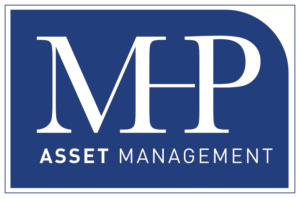There is a provision within many 401(k) plans that may be advantageous to a number of people who are in these plans but not aware of an available option called “in- service” distributions. Employer 401(k) plan admins and Human resources departments typically do not advertise the option of rolling current 401(k) assets into a self -directed IRA. The law allows workers to distribute their 401(k) assets to an IRA, qualified account or pay the taxes and take cash. This of course is for people over the age of 59 and a half. Younger people may be able to move assets to another qualified account. Much information can be found in the plan documents as to whether your company allows the in-service distribution and what the rules are.
Before you move any money you should have your tax professional or tax savvy planner review the plan documents and rules so you do not create a taxable event or a penalty.
There are many good reasons to consider an in-service distribution if it is available to you. Many 401(k) plans do not offer the variety of choices that we may want to consider, especially as we approach retirement age. Professional asset allocation, lower fee’s , access to fixed indexed annuities that have guaranteed income are just a few reasons that it may make sense to consider moving some assets out of your 401(k). Structuring a bond ladder with varied maturity dates versus a bond fund whose maturity dates can’t be customized (401(k))s only option, is a real consideration for in-service distribution. Some 401k plans offer a choice for the purchase of individual stocks. While that is a great option, I would want to buy these stocks in my self-directed IRA to avoid the 401ks plan administrative cost.
Moving assets out of your 401(k) doesn’t mean that you can no longer participate in the plan. You should still use the plan at least to the extent of the employer match, if they match.
Many employers have done a great job choosing a 401(k) plan that offers low cost index funds or at least an assortment of funds that offer variety for good diversification. Some plans are not so good. If your plan has few choices and high fees, you may want to explore your options
As an advisor, I believe that an IRA offers much more flexibility and choices than a 401(k) plan, but if you are new to the work force and have not really accumulated assets in your 401(k), then by all means defer as much of your income as allowed into the plan or at least as much as the employer matches. If you have access to a Roth IRA or 401K you may want to pay the taxes now and let the money grow and take distribution in retirement, tax free, as you approach retirement age, the choices for allocation and deployment of assets becomes more sophisticated than many 401(k) plans can deliver.






















